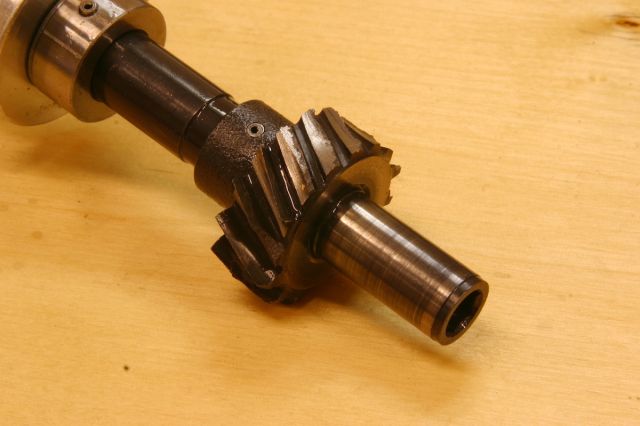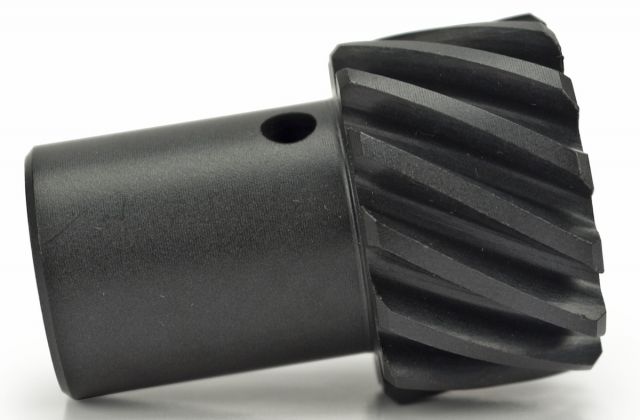 [1]Have you ever built a small-block Ford, put all of the best parts in it, slapped in a high-volume oil pump to handle all that new-found horsepower, then once you got it all sorted out, into the car, and fired it up, found a bunch of metal shavings in the pan upon your first oil change? Well, according to the knowledgeable team at Performance Distributors [2], there are a number of things that could be causing your issues. And if you haven’t built that fast Ford yet – take these suggestions into account when it’s time to pick your parts.
[1]Have you ever built a small-block Ford, put all of the best parts in it, slapped in a high-volume oil pump to handle all that new-found horsepower, then once you got it all sorted out, into the car, and fired it up, found a bunch of metal shavings in the pan upon your first oil change? Well, according to the knowledgeable team at Performance Distributors [2], there are a number of things that could be causing your issues. And if you haven’t built that fast Ford yet – take these suggestions into account when it’s time to pick your parts.
 [3]Distributor gear wear can become excessive when using that high-volume oil pump, which actually isn’t necessary on a street-driven engine that doesn’t rev over 7000 rpm. If you’re building a race engine that is designed with a high-strength valvetrain and a whopping camshaft, they recommend drilling a .030″ hole in the lifter/oil galley plug behind the distributor. This will allow more lubrication on the distributor and cam gears, which will help to prevent metal-to-metal contact.
[3]Distributor gear wear can become excessive when using that high-volume oil pump, which actually isn’t necessary on a street-driven engine that doesn’t rev over 7000 rpm. If you’re building a race engine that is designed with a high-strength valvetrain and a whopping camshaft, they recommend drilling a .030″ hole in the lifter/oil galley plug behind the distributor. This will allow more lubrication on the distributor and cam gears, which will help to prevent metal-to-metal contact.
Just in case you didn’t think to install a deeper pan – do it. The use of a stock oil pan with a high-volume pump is a disaster waiting to happen, as the pump will suck the pan dry and wreck your engine faster than you can say “what happened?” Another condition of note is that the pump itself has elongated holes in the mounting area. so you need to ensure that the distributor and oil pump drive shaft are aligned and the distributor itself turns free and there is no bind, which will also wreck the gear.
Make sure you’ve got the right length driveshaft, too – there are a couple of different length stock shafts. Lastly…make sure you’ve got the right gear for the camshaft application. Hydraulic and mechanical flat tappet camshafts can use a cast iron or composite gears, while hardened steel hydraulic or mechanical roller camshafts will perform properly with a hardened steel or composite gear. Lastly, billet steel hydraulic and mechanical rollers require the use of bronze or composite gears.